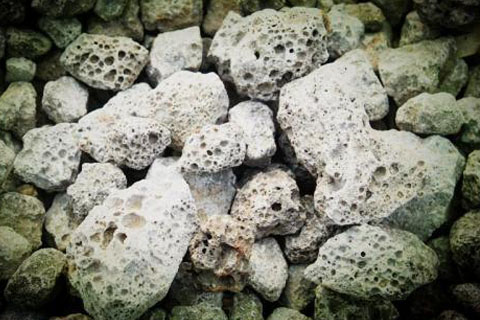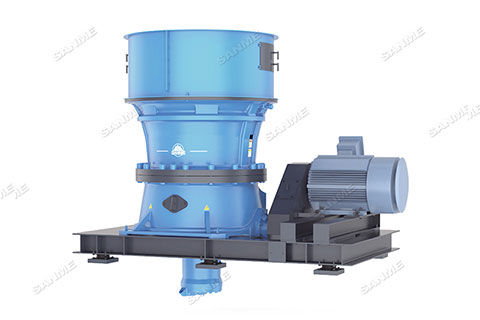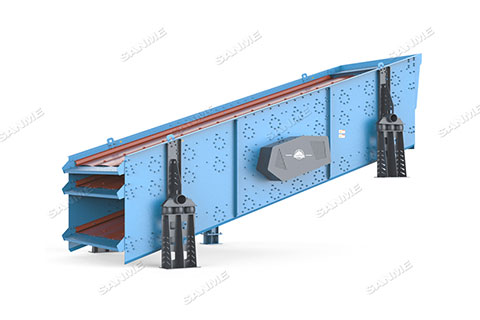Steel Slag Processing

Результат проектирования
According to customer needs
Материал
Steel slag
Заявление
After being processed, steel slag can be used as smelter flux, cement raw material, construction aggregate, foundation backfill, railway ballast, road pavement, brick, slag fertilizer and soil amendment, etc.
Оборудование
Jaw crusher, cone crusher, vibrating feeder, vibrating screen, magnetic separator, belt conveyor.
Introduction of iron ore
Steel slag is a by-product of the steelmaking process. It is composed of various oxides oxidized in the smelting process by impurities such as silicon, manganese, phosphorus and sulfur in pig iron and salts generated by the reaction of these oxides with solvents. The mineral composition of steel slag is mainly tricalcium silicate, followed by dicalcium silicate, RO phase, dicalcium ferrite and free calcium oxide.
There are two main ways for the comprehensive utilization of steel slag as secondary resources. One is recycling as a smelting solvent in our factory, which can not only replace limestone, but also recover a large amount of metallic iron and other useful elements from it. The other is as a raw material for manufacturing road construction materials, construction materials or agricultural fertilizers.
Steel slag crushing process
Raw material (less than 350mm ) will be conveyed to vibrating feeder, grate of vibrating feeder is set to 100mm, material with size less than 100mm(from vibrating feeder) will be conveyed to cone crusher, material with size larger than 100mm will be conveyed to jaw crusher for primary crushing.
The material from jaw crusher will be conveyed to cone crusher for secondary crushing, one magnetic separator is used in front of cone crusher for removing iron, and another magnetic separator is used behind cone crusher for removing steel chips from slag.
The material after passing through magnetic separator will be conveyed to vibrating screen for screening; material with size larger than 10mm will be conveyed back to cone crusher for being crushed once again, material with size less than 10mm will be discharged as final product.

Flow chart of steel slag crushing production plant
Recycling benefits of steel slag
Steel slag is a kind of solid waste that is produced in the process of steel production, it mainly consists of blast furnace slag, steel slag, iron bearing dust (including iron oxide scale, dust, blast furnace dust, etc), coal dust, gypsum, rejected refractory, etc.
The pile of steel slag occupies a huge area of arable land, and causes environmental pollution; moreover, 7%-15% steel can be recycled from steel slag. After being processed, steel slag can be used as smelter flux, cement raw material, construction aggregate, foundation backfill, railway ballast, road pavement, brick, slag fertilizer and soil amendment, etc. Comprehensive utilization of steel slag can lead to enormous economic and social benefits.
Features of steel slag process
Steel slag crushing production line adopts jaw crusher for primary crushing, and uses hydraulic cone crusher for secondary and tertiary crushing, offering high crushing efficiency, low wear, energy saving and environmental protection, it has the features of high automation, low operation cost and reasonable allocation of equipment.
Техническое описание:
1. Этот процесс разработан в соответствии с параметрами, предоставленными заказчиком. Эта блок-схема предназначена только для справки.
2. Фактическая конструкция должна быть скорректирована в соответствии с местностью.
3. Содержание бурового раствора в материале не может превышать 10%, и содержание бурового раствора будет иметь важное значение для производительности, оборудования и процесса.
4. SANME может предоставить планы технологических процессов и техническую поддержку в соответствии с фактическими требованиями клиентов, а также может разработать нестандартные вспомогательные компоненты в соответствии с фактическими условиями установки клиентов.










